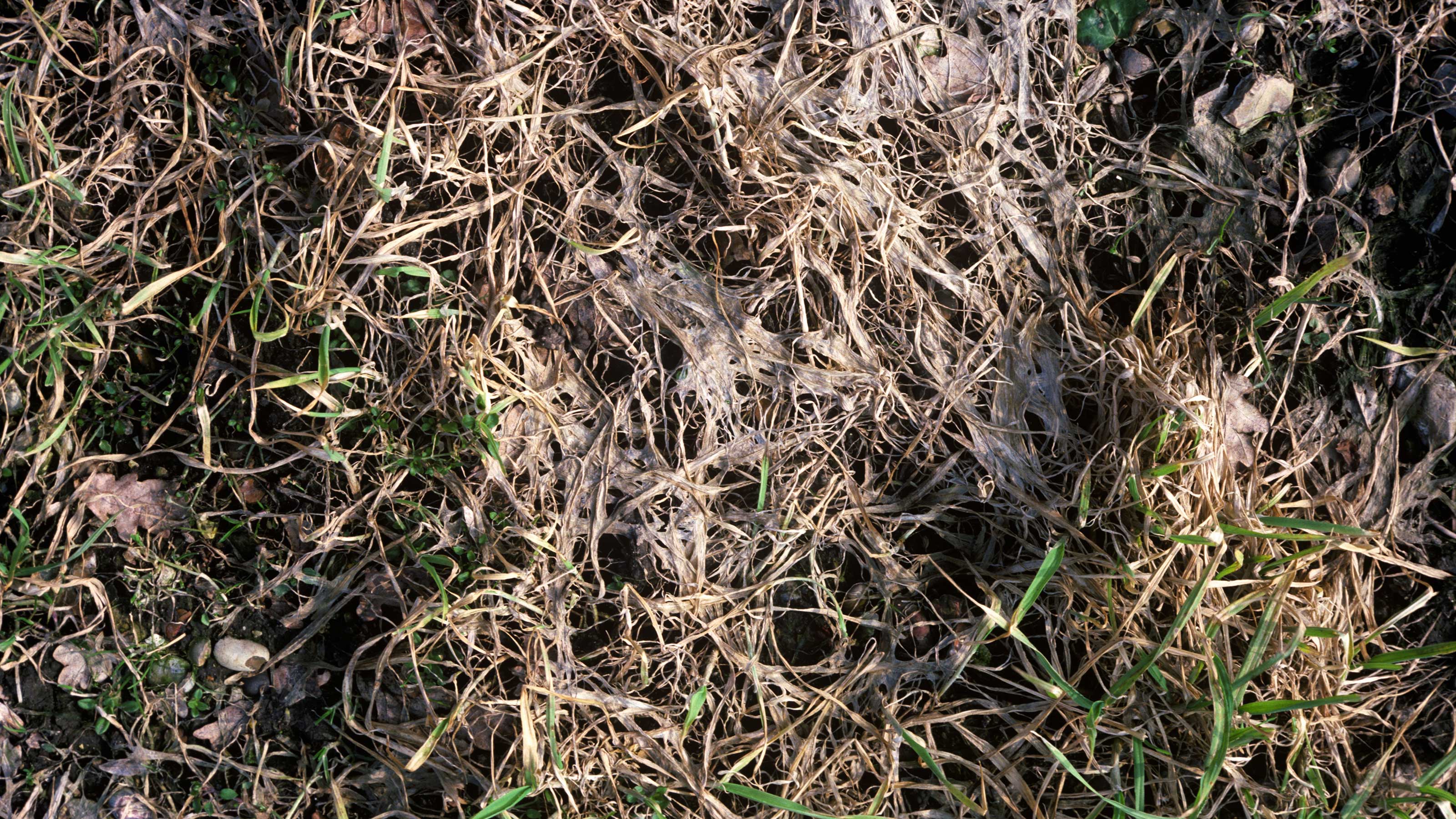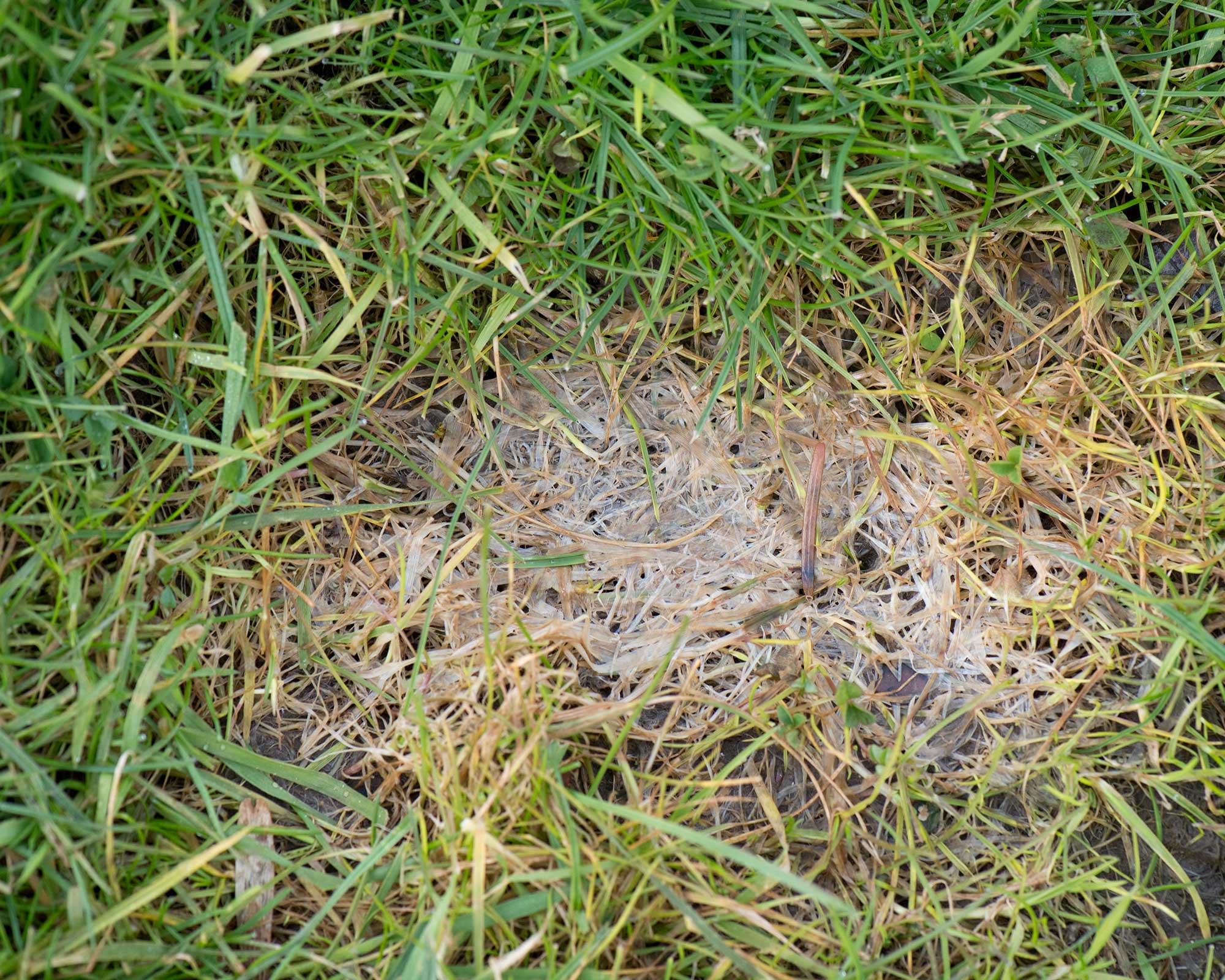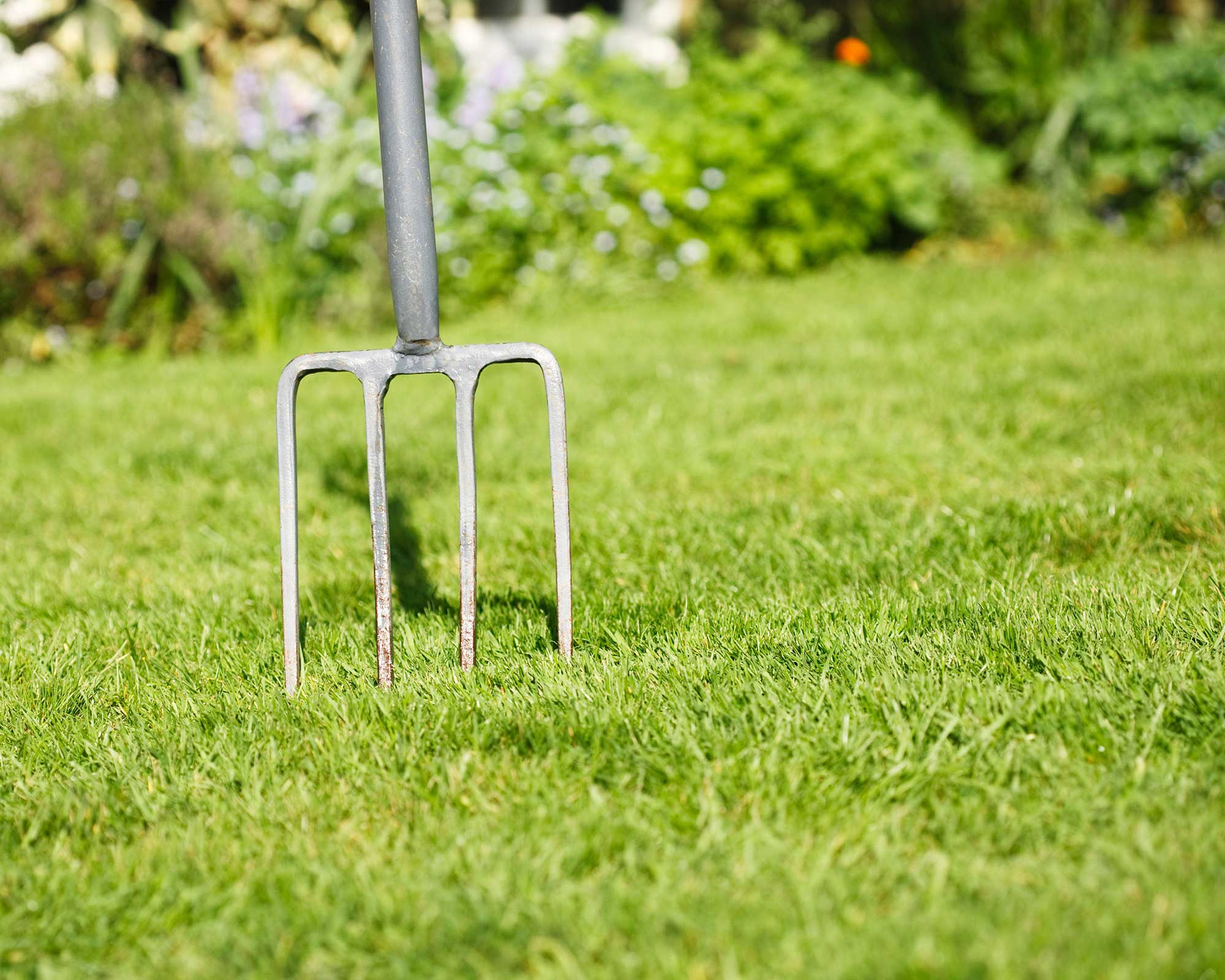Snow mold: how to prevent this common winter lawn problem
Protect your grass from snow mold disease with our advice


Inclement weather can cause problems for garden lawns – one of these being snow mold.
Contrary to its name, this fungal disease doesn't just appear after snow (although these conditions do encourage it). And although it's common in winter, it can actually appear all year round in wet conditions. As the RHS says, it's one of the most damaging diseases of turf grasses, causing unsightly brown patches, and it can be difficult to control.
There are some lawn care tips you can try, though, to reduce its impact and help your stretch of grass stay green and glorious. It's also worth knowing what to look out for, so you can take action early, should it appear in your plot.
How to identify snow mold on your lawn
Snow mold starts off as small, yellowish, dying patches across your grass. These marks look a bit like the damage caused by pet urine, if you're familiar with growing grass around dogs.
The patches can then spread in size to cover larger areas of lawns. A gray, white or pink, cotton-like growth can also appear, often at the edges of the patch, says the RHS. This growth looks similar to some slime molds and red thread: other common, but different, lawn problems.

How to prevent snow mold
Snow mold is a common problem in the colder, wetter months, but following a good lawn care for winter routine will help keep your grass in good health. Tasks that will improve airflow and drainage are particularly helpful for combating it – for instance, aerating the lawn; clearing up leaves, and pruning back overhanging trees or shrubs. Don't forget to de-thatch the lawn in fall, too.
Snow mold often develops under a prolonged covering of snow. Because of this, it's wise to avoid creating deep piles on the lawn when you're clearing snow from your driveways or garden paths, suggests the experts at Scotts.
Fertilizing a lawn at the right time with the right type of feed can also help. Using nitrogen-high feeds towards the end of summer and in autumn can encourage new leafy growth which is more susceptible to the disease, so avoid doing so.
Mowing your lawn a little shorter than usual in the run-up to winter can also help, suggests Scotts.

How to treat snow mold in your yard
If you've already spotted snow mold on your lawn, don't panic. Be aware that this disease can be spread across the lawn on shoes or tools though, warns the RHS, so take care to reduce this risk.
'You can kill the fungus with Bayer Garden Lawn Disease Control [available on Amazon], which will also treat the common fungal disease red thread and can be applied all year,' says John Negus, an expert from Amateur Gardening.
Use it in winter when you see the telltale signs, following the packet instructions, then feed your lawn with a balanced fertilizer in spring.
Dead areas of grass can be raked out, and damaged lawn patches can then be repaired with seed easily and cheaply.


The garden was always a big part of Holly's life growing up, as was the surrounding New Forest where she lived. Her appreciation for the great outdoors has only grown since then. She's been an allotment keeper, a professional gardener, and a botanical illustrator – plants are her passion.
